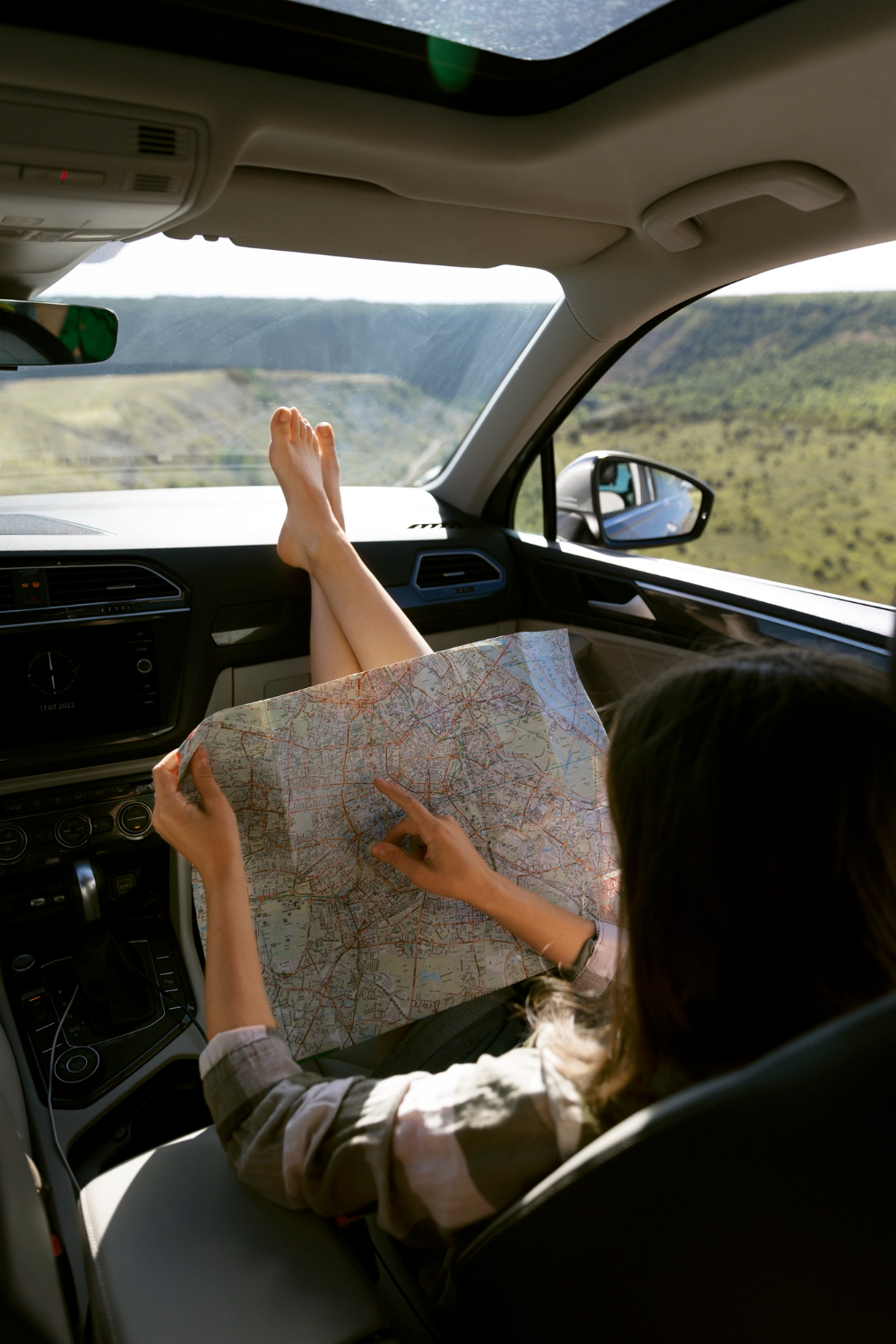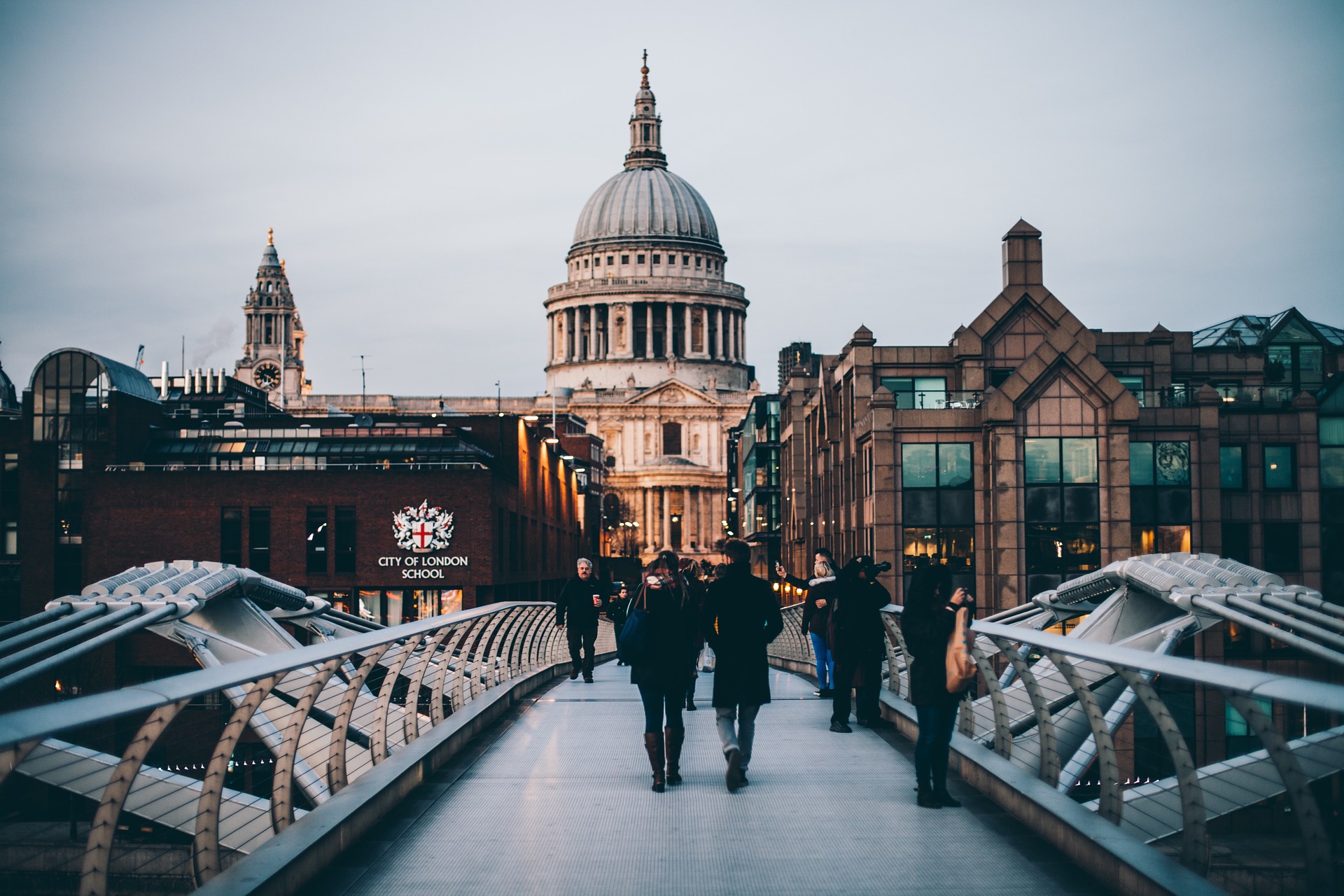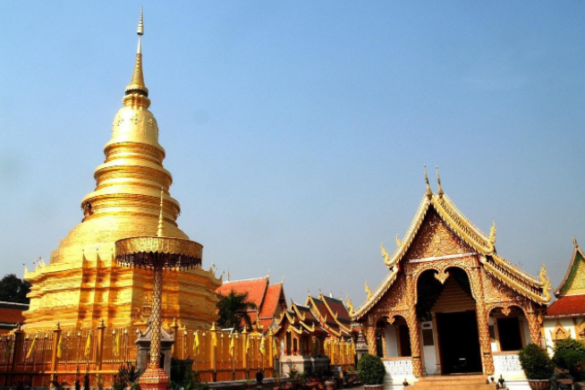 In the far reaches of Wyoming, past rolling prairies and windswept buttes, lie the remains of towns that once buzzed with life. Wooden saloons lean against the wind, their doors swaying on rusted hinges. Faded storefront signs hang over empty boardwalks, where only the sound of creaking planks breaks the silence. In these streets, time has stopped. Every building tells a story of boom and bust, of gold rush dreams and railroad expansions that never came.
In the far reaches of Wyoming, past rolling prairies and windswept buttes, lie the remains of towns that once buzzed with life. Wooden saloons lean against the wind, their doors swaying on rusted hinges. Faded storefront signs hang over empty boardwalks, where only the sound of creaking planks breaks the silence. In these streets, time has stopped. Every building tells a story of boom and bust, of gold rush dreams and railroad expansions that never came.
For adventurers and history enthusiasts, Wyoming’s ghost towns offer a rare chance to step back in time. They are living museums without glass cases or guided tours, allowing visitors to walk where miners, traders, and settlers once stood. The state’s rugged terrain and low population density mean these places remain untouched by modern development. That same remoteness is part of the magic—yet also part of the danger.
The Hidden Dangers of Ghost Town Adventures
The very qualities that make ghost towns intriguing often create hazards for the unprepared traveler. Many lie dozens of miles from the nearest gas station or reliable cell signal. A wrong turn down a dirt track can leave visitors stranded with no easy way to call for help. Without fuel, water, or basic supplies, even a minor delay can escalate into a serious situation.
Weather adds another layer of unpredictability. In Wyoming, a sunny morning can give way to an afternoon snow squall, even in late spring. Heavy winds sweep across open plains, strong enough to topple unsecured gear. Rain can transform unpaved access roads into thick mud, trapping vehicles in ruts. In higher elevations, sudden temperature drops can make conditions dangerous within hours.
Wildlife encounters also pose risks. Moose, elk, and bison roam freely, and a startled animal can bolt into the road without warning. Striking a 1,000-pound bison is not only dangerous to the driver but can also be fatal to the animal. Even smaller animals, such as deer or pronghorn, can cause serious accidents when they cross in front of speeding vehicles.
Real-Life Stories of Ghost Town Trips Gone Wrong
Not every trip to a ghost town ends with photographs and fond memories. In 2019, a group traveling to Kirwin—an abandoned mining settlement high in the Absaroka Mountains—became stranded when early autumn snow blocked their return route. With no phone service, they hiked miles to find help, leaving their vehicles behind for recovery days later.
Another account from the late 1990s tells of a family exploring the ghost town of Atlantic City. Heavy rain turned the approach road into a slick mess, causing their SUV to slide into a shallow ravine. While no one was injured, they waited nearly 12 hours before a passing rancher arrived with a tow chain. These stories illustrate how quickly a scenic detour can turn into a logistical challenge, even for experienced travelers.
The Road to Disaster – How Accidents Happen on These Trips
Reaching Wyoming’s ghost towns often involves navigating narrow, unpaved roads carved into hillsides or threading between cliffs. Blind corners make it impossible to see approaching vehicles, and the loose gravel can reduce tire traction. Without guardrails, a small miscalculation can lead to a dangerous drop.
Long drives through rural landscapes create fatigue. When travelers push themselves to cover too much ground in one day, reaction times slow, and concentration wavers. This fatigue often coincides with remote stretches where services are scarce, increasing the stakes if something goes wrong.
Poor signage is another culprit. Some ghost towns are marked only by weather-worn wooden posts or missing altogether from maps. GPS systems may route travelers along seasonal roads closed for part of the year, leading them to impassable trails or dead ends. In such conditions, wrong turns are not just inconvenient—they can be hazardous.
What to Do If Your Ghost Town Trip Turns Into a Legal Nightmare
If an accident occurs, the first priority is safety. Check for injuries and provide aid if necessary. Move vehicles to a safe location if possible, especially on narrow mountain roads. Document the scene with photographs, capturing vehicle positions, road conditions, and any relevant signage. This evidence can be valuable for insurance or legal purposes.
Accidents in remote Wyoming locations typically require special legal knowledge. Limited law enforcement presence in rural areas can delay official reports, and differences in county regulations may affect how cases are handled. In cases where an accident leads to injuries or disputes, working with an experienced Wyoming car accident lawyer can help navigate insurance claims, handle jurisdictional issues, and ensure that state-specific laws are applied correctly.
How to Prepare for a Safe and Spooky Road Trip
Preparation is the key to turning a ghost town trip into an adventure rather than a cautionary tale. Before departure, check your vehicle’s brakes, tires, fluids, and spare tire condition. Four-wheel drive may be necessary for certain routes, especially in wet or snowy weather.
Carry survival gear, even on day trips. This includes extra water, non-perishable food, warm clothing, a flashlight, a first aid kit, and a portable phone charger or satellite communicator. A paper map of the area is essential, as digital devices can fail in areas without service.
Research your route ahead of time, noting gas stations, weather forecasts, and any seasonal road closures. Contact local visitor centers or ranger stations for current conditions. Inform someone of your travel plans and estimated return time. The extra effort ensures that even if something goes wrong, help will find you sooner.
Conclusion – The Thrill and the Risk
Exploring Wyoming’s ghost towns offers a rare combination of history, scenery, and adventure. The thrill lies in walking through streets untouched for decades, imagining the lives once lived there. Yet the same remoteness that preserves these places demands respect. Weather can shift in minutes, roads can challenge even seasoned drivers, and wildlife can turn a quiet drive into an unexpected hazard.
Adventure and safety are not opposites—they are partners. With preparation, awareness, and the right mindset, travelers can enjoy the haunting beauty of Wyoming’s forgotten towns while returning home with stories worth telling. For those willing to plan ahead, the rewards of these journeys far outweigh the risks.









